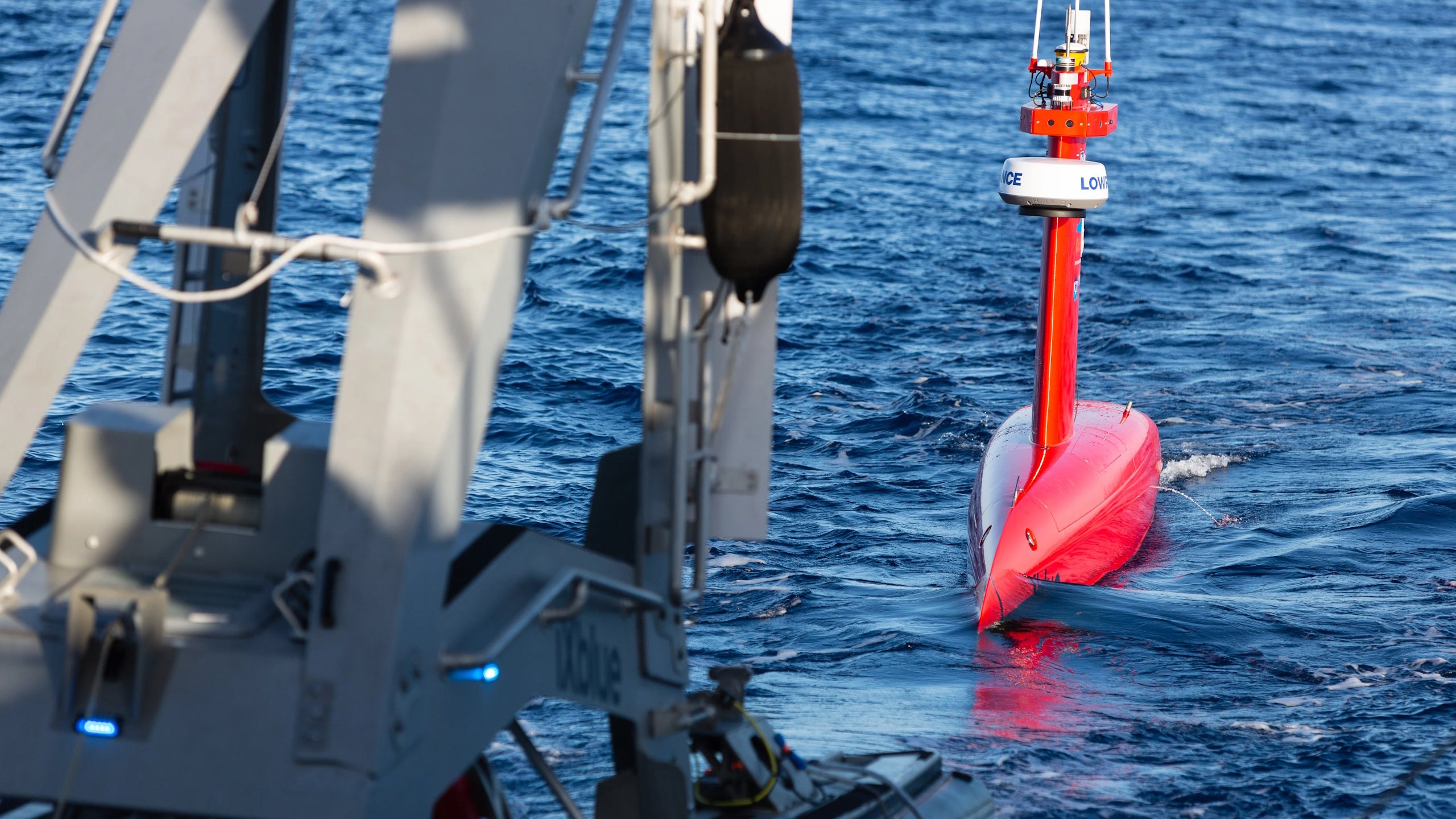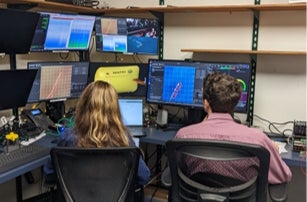
Remote Operations
Andy Bowen (WHOI)
Participants: Stefano Suman (WHOI), Alisa Dalpe (WHOI), and Mike Jakuba (WHOI)
Overview
The push towards multi-vehicle coordinated and long-duration operations necessitates a paradigm shift from the current Concept of Operations (CONOPs). Current CONOPs require large teams (5-10 personnel) for a single vehicle; multi-vehicle operations multiply those numbers. Most ships, including the upcoming RCRV class vessels, will be unable to sustain teams of this size. Additionally, teams are often specific to each vehicle and cannot provide cross-support to other vehicles on the ship.
To address these needs, we plan to develop tools enabling efficient tele-operation of underwater vehicles for ocean exploration purposes from a reduced team on shore. In developing those tools and CONOPs, a priority will be to account for future capabilities that LEO satellites will provide. Cloud-based interfaces make the systems operable globally and not only from a centralized command and control center, thus increasing efficiency by leveraging time zone differences for 24/7 operations. Additionally, we propose to develop devices and processes that enable distributed team collaboration and management of different connectivity environments. In Year 4, a system will be demonstrated on the E/V Nautilus during the NOAA OECI E/V Nautilus, ROV Hercules, ASV Drix, AUV Mesobot technology demonstration. The system developed will be platform agnostic, enabling broad adoption across the ocean science community. Before the tech demo on E/V Nautilus with large vehicles, we propose to prototype and test via modeling and simulation tools.
Year 5
The Remote Operations project recently wrapped up testing onboard E/V Nautilus for the 2023 OECI Multi-Vehicle Exploration Cruise. During this time, focus was placed on specifying the requirements for adequate situational awareness on shore and improving overall protocols towards establishing shore involvement as common practice. Tools under development were tested such as “NavG,” a navigational situational awareness tool, which added a bridge to consume data from different vehicle types, manufacturers, and software architectures. Additionally, a network monitor interface was deployed that alerted operators to poor or dropped network connections. Throughout the cruise, network monitoring and testing was also performed through different VPN tunnels and network providers (Marlink VSAT & Starlink). The cruise culminated with a live demonstration of remote capabilities featuring Greensea, UNH, and WHOI all providing support from shore. Greensea gave a demonstration of their remote operation tools, UNH took control of Drix from shore and gave insight into their shoreside capabilities, and WHOI directed and commanded Mesobot sampling from their shoreside operator station.


